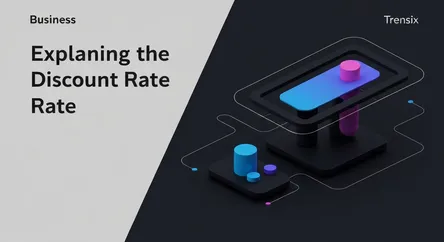Business
Explaining the Discount Rate

Learn what the discount rate is, how the Fed uses it to manage the money supply, and its impact on banks, lending, and the wider economy.
What is it?
The discount rate is the interest rate that the U.S. Federal Reserve charges commercial banks for short-term loans taken from its "discount window." This lending facility acts as a backstop for banks facing temporary liquidity shortages. Distinct from the more commonly cited federal funds rate (the rate banks charge each other for overnight loans), the discount rate is set directly by the Fed. It serves as a key tool in the central bank's monetary policy toolkit, helping to influence the country's money supply and overall financial stability.
Why is it trending?
The discount rate trends in financial news whenever the Federal Reserve discusses or adjusts its monetary policy, typically in response to economic indicators like inflation or unemployment. When the Fed signals a rate hike to cool an overheating economy or a rate cut to stimulate growth, the discount rate is part of that conversation. It acts as an official signal of the central bank's policy direction, making its adjustments closely watched by financial markets, analysts, and businesses for clues about the future health of the economy.
How does it affect people?
While people don't borrow directly at the discount rate, its changes create a ripple effect. A higher discount rate can lead commercial banks to increase the interest rates they charge on consumer products like mortgages, car loans, and credit cards, making borrowing more expensive. Conversely, a lower rate can reduce borrowing costs, encouraging spending and investment. It also influences business and consumer confidence; a rate cut may signal an attempt to boost a flagging economy, while a hike can signal a move to control inflation, affecting everyday financial decisions.